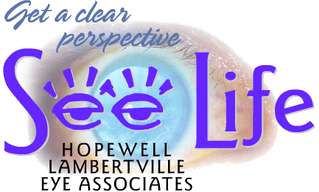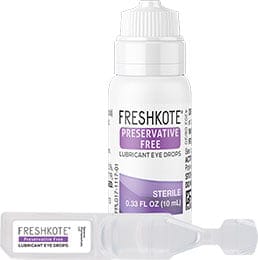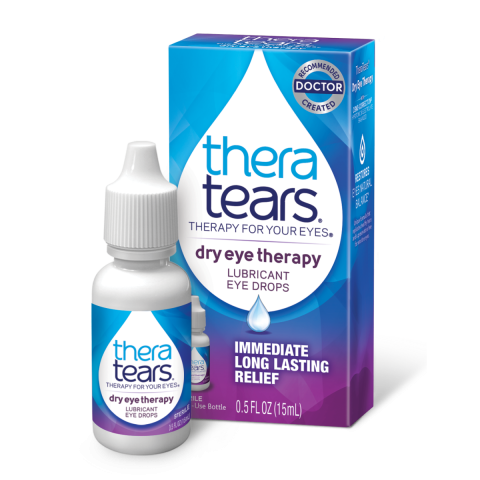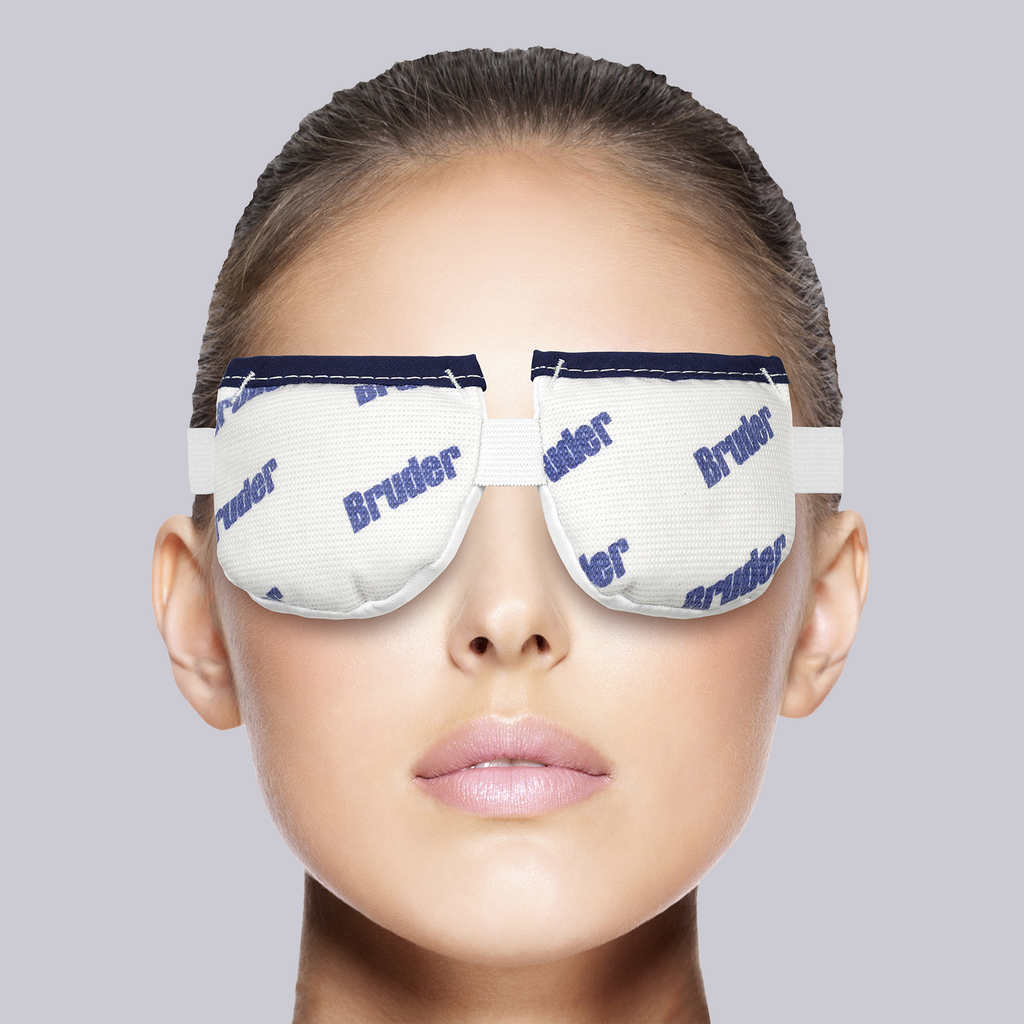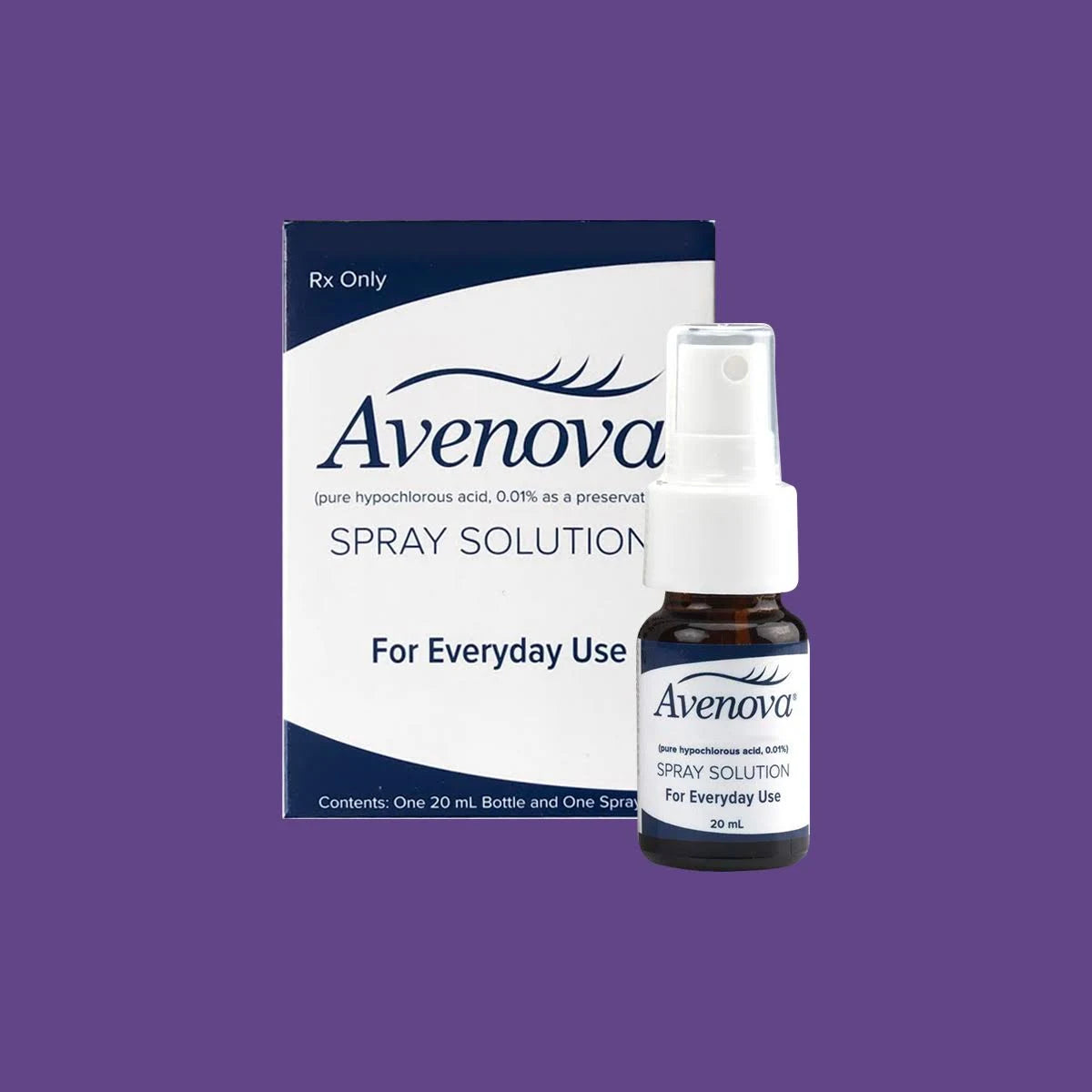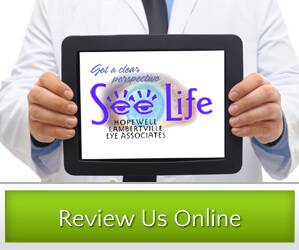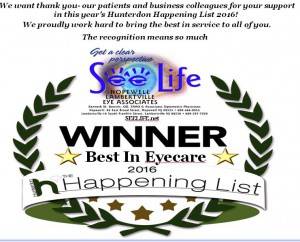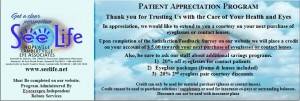Dry Eye Causes and Treatments
Reading recommendations: Dry Eye Blogs at Hopewell Lambertville Eye
Dry products are available through our website online stores: Dry Eye Rescue or Online Store
 Buy Dry Eye Products Online
Buy Dry Eye Products Online 10% Discount CodesHopewell10 (or) Lambertville10
10% Discount CodesHopewell10 (or) Lambertville10
Recommended OTC Drops for Dry Eye Treatment
Other Recommended Treatment
Non-toxic, Non-irritating, Non-sensitizing, Steroid-free, Antibiotic-free, Safe to use on skin around eyes Alcohol-Free
Bruder Mask gently warms the eyelid and the meibomian glands to allow liquefaction of the oils and then you can manually expresses the glands buy aggressive pinching or rubbing the lids. The procedure for meibomian gland expression involves applying pressure to the eyelids to express the glands and squeeze out the oils. After-which, cleaning with Acuicyn or Avenova rids any debris and matter from the lids. This is important fore the debris and matter carry bacteria, parasites and inflammatory components.
These spray cleaners are antimicrobial prescription hypochlorous acid (HOCL) based eyelid and eyelash cleanser that is scientifically proven to eradicate the bacteria that causes discomfort, fast enough to provide near instant relief, and gentle enough to use as often as needed for all ages and skin types.
YOUR DRY EYES DESERVE BETTER
Artificial tears are the first-line treatment for dry eye disease (DED) because they are easy to use, readily available, have minimal side effects and relieve symptoms of DED. They work by lubricating and maintaining eye moisture, similar to natural tears. This moisture protects the eyeball from damage and bacteria. Dry Eye Syndrome effects the multiple layers of the tear film leading to evaporation and / or deficiency of the aqueous (water) of the tears.
Freshkote , iVIZIA or TheraTears For Dry Eyes (Non Preserved)
- Instant and long-lasting relief of dry eye symptoms for up to 8 Hours.
- 84% of users reported that iVIZIA works better than their previous eye drops.
-
Ivizia uses Unique formula made with hydrating polymers that form a protective matrix over your eyes, moisturizing hyaluronic acid, and revitalizing trehalose.
-
FRESHKOTE PF offers patients nurturing relief from dry eye symptoms while reducing further irritation1,2 FRESHKOTE PF is a lubricant eye drop designed to support all layers of the tear film.1,2 The active ingredients in FRESHKOTE PF are a patented polymer blend with a unique ratio of polyvinyl alcohol and povidone1,2
- TheraTears® unique hypotonic and electrolyte balanced formula replicates healthy tears having the benefits of a preservative free solution in a bottle.
- All are Preservative-free bottle; consistently dispenses drop by drop (does not stream).
- Safe with contact lenses.†
What Are Dry Eyes?
Dry eyes are one of the most common eye conditions, affecting 6.8% of U.S. adults. Typically, tear films consist of an inner layer of mucus and water that protects the cornea from damage and an outer lipid layer that prevents tears from evaporating and bacteria from entering the eye. Dry eye becomes a problems when the balance of these layers becomes disrupted.
There are two major types of dry eye disease:
- Aqueous deficiency: The eye does not produce enough of the inner layer. It’s common with specific autoimmune diseases and among people who use certain medications, including some antihistamines and antidepressants.
- Evaporative: The outer lipid layer is compromised, leading to the inner layer evaporating too quickly. This type is common with specific eye conditions and among contact lens wearers, as well as individuals who use certain medications, including Accutane.
Studies suggest that 30% to 70% of people with DED have a combination of the two subtypes, meaning it is helpful to consider them on a scale rather than as two separate categories.
You are at increased risk of having DED if you are:
- Over 50.
- A woman.
- Of Asian descent.
- Someone who wears contact lenses.
- Someone who spends a lot of time watching screens.
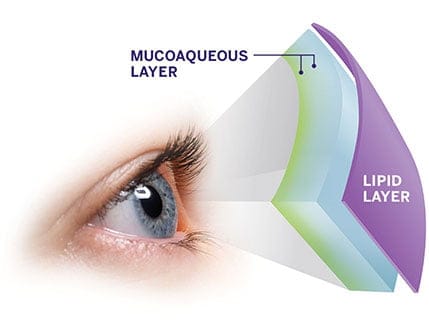
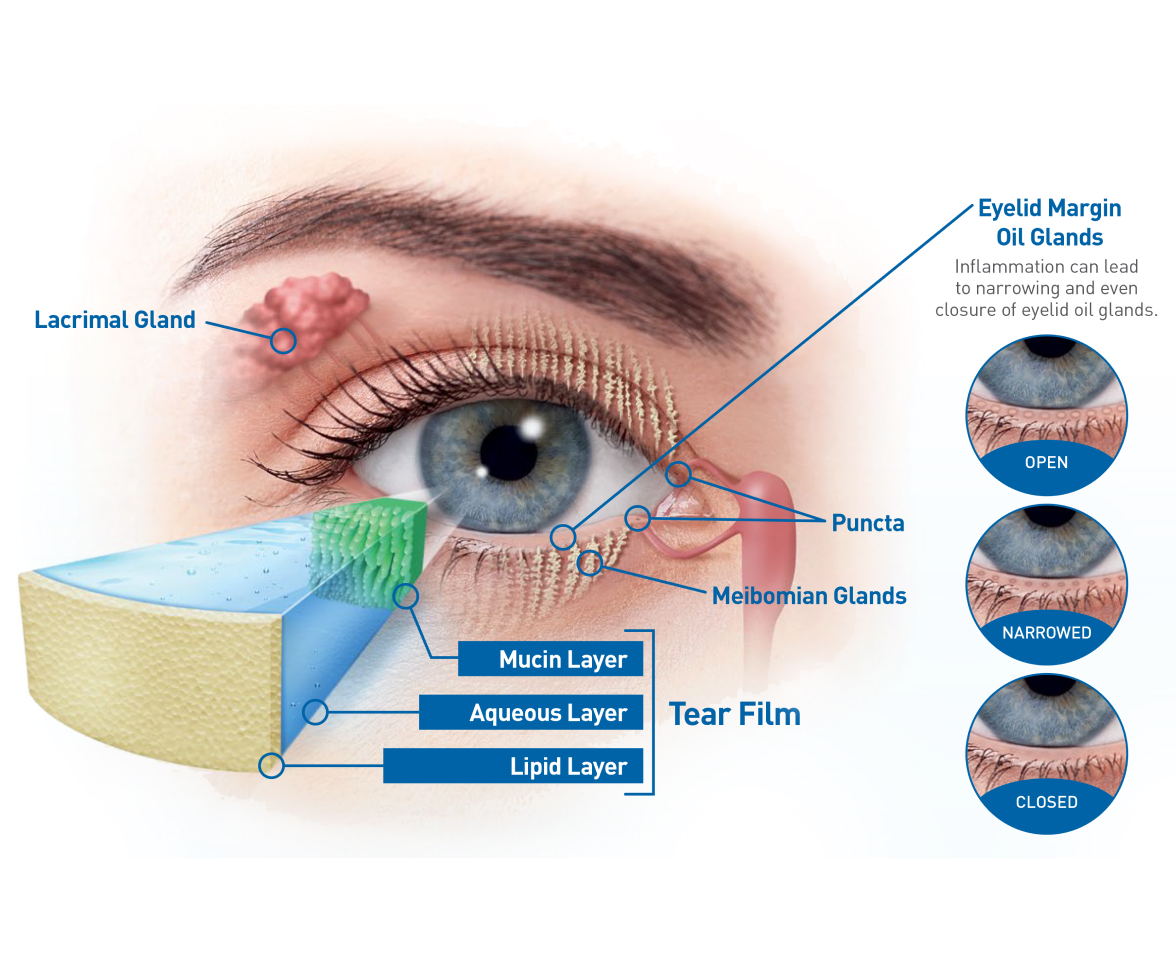
Dews II Supports A Dry Eye Management System Like TheraTears®
Critical First Steps to treating dry eye symptoms include ocular lubricants, lid hygiene and dietary modifications such as oral fatty acid sublimination.-2017 DEWS II Report
While DED is the most common reason people use artificial tears, they are also useful for:
- Healing an eye injury.
- Pain and inflammation management, including during a pink or red eye.
- Rewetting and removing contact lenses.
- Treatment following the removal of a foreign object from the eye.
Many product formulations are available that target DED differently. It’s important to choose the correct formulation based on your needs and how your body reacts to the ingredients. Dry eyes can be symptoms of other health problems. To rule out other causes, talk to your Hopewell Lambertville Eye if:
- You have severe eye discomfort or pain.
- Your symptoms continue to worsen.
- You experience any vision changes.
Ingredients of OTC
Most water-based ingredients in artificial tears are known as demulcents or lubricants. They moisten the eye while increasing tear thickness and retention. These ingredients vary in percentage between products. The higher the percentage, the thicker the eye drop. Thicker drops last longer but also cause blurry vision.
Common water-based ingredients include:
- Carboxymethylcellulose (CMC).
- Hydroxypropyl methylcellulose (HPMC).
- Polyols (propylene glycol, polyethylene glycol and glycerin).
- Dextran.
- Hyaluronic acid or sodium hyaluronate.
- Gelatin.
- Povidone.
Lipid- or oil-based ingredients reduce tear evaporation. They are more effective in treating evaporative DED or mixed DED, when tears dry more quickly than expected. Products containing lipid-based ingredients usually also contain water-based ingredients, so you need to shake the bottle thoroughly before use. Common lipid-based ingredients include:
- Mineral oil.
- Castor oil.
- Flaxseed oil.
Preservatives (see above Non Preserved)
Preservatives increase the shelf life of eye drops by preventing bacterial contamination. However, they might also increase inflammation and worsen DED. As such, Hopewell Lambertville Eye recommend no preservative (NP) agents .
Common preservatives include:
- Benzalkonium chloride (BAK).
- Polyquad.
- Sodium perborate.
BAK is the cheapest to manufacture and the most toxic preservative. People with moderate to severe DED or underlying eye disease, or who wear contacts, should avoid artificial tears containing BAK.
Preservative-free formulations exist in single-unit doses. They are significantly more expensive than multidose artificial tears with preservatives and must be discarded after one use. They are preferable for most people with DED, especially those with severe disease or sensitivities to preservatives, and have been shown to work better than multidose options.
Types of Treatments
Drops are a common form of artificial tears and can be used throughout the day. They are the least likely to cause blurred vision. Drops provide relief quickly but wear off sooner.
Artificial tears that come in gel form are thicker, last longer and are better at treating severe DED. However, they take longer to work and are more likely to cause blurry vision.
Ointments are the thickest formulation and are generally administered at bedtime because they can cause blurry vision. They are better at treating severe DED than drops or gels. They have been shown to improve overnight symptoms and can be used in combination with drops and gels.
Liposomal sprays contain lipid-based ingredients that can be sprayed on closed eyes, making them easier to use for people with vision issues or limited manual dexterity.
Symptoms of Dry Eye Disease
Dry eye disease can be debilitating both physically and be interruptive to everyday activities as well as disruptive to sleep. Symptoms can be unpleasant and constant, including:
- Eye pain.
- Feeling like a foreign object is stuck in the eye.
- Redness.
- Inflammation
- Grittiness.
- Blurry vision.
Because of these symptoms, you may also see a disruption in your work productivity and overall quality of life.
Treating Kids With Dry Eyes
It’s uncommon for children to experience DED. When they do, it is often related to nutrient deficiency, allergies or too much screen time. The symptoms and treatment of DED are the same regardless of age. Treatment might include artificial tears, surgery or prescription medications.
Side Effects of Dry Eye Treatments
Artificial tears should not have side effects other than temporary stinging and blurring of the vision. If you experience any pain or changes in vision after using artificial tears, you should contact your doctor.
Precautions for Dry Eye Treatments
Precautions for formulations with preservatives include:
- Do not use it more than four times per day.
- Discard 30 days after opening.
- Keep the dropper tip sterile and avoid touching it to any household surfaces, including bath towels or sinks.
If you experience a burning sensation when using artificial tears, try switching to a preservative-free formulation.
Home Remedies for Dry Eyes
To relieve your dry eyes, use artificial tears four times per day. It may take up to 30 days before you can determine if a product works for you.
If the eye drops aren’t giving you enough relief, try one with a lipid-based ingredient or one with higher percentages of active ingredients.
Your environment can cause and worsen your dry eyes. To improve your symptoms, avoid:
- Low humidity environments (or use a humidifier indoors).
- Viewing screens above eye level.
- Smoking
- Drinking alcohol.
- Medications that dry your eyes.
Adding these lifestyle modifications may also help:
- Take frequent breaks when working on a computer or looking at screens.
- Perform blinking exercises. One example is to close your eyes for two seconds, open them, then close and squeeze them shut for two seconds before opening them for the last time. Repeat every 20 minutes throughout the day.
- Apply warm compresses to your eyelids followed by an eyelid massage to help loosen, distribute and clear oil produced by your eyes.
- Wash your eyelashes and lids with baby shampoo to help decrease inflammation.
- Take omega 3 essential fatty acids a supplements (fish oil) to reduce inflammation and improve your eyes’ ability to produce the lipid layer of tears.
- Wear wraparound glasses to reduce airflow around the eye and so your tears don’t evaporate as quickly.
When to See a Hopewell Lambertville Eye About Dry Eyes
Artificial tears do not treat the cause of DED. Talk to your doctor if you use artificial tears more than four times a day or if your symptoms do not improve after 30 days of consistent use. Your doctor may want to prescribe a medication that treats the underlying cause.
If more severe DED is left untreated, your eye could ulcer, scar or become infected, resulting in potentially permanent blurry vision, visual impairment or sensitivity to light.
Hopewell 84 East Broad Street Hopewell NJ 08524 609-466-0055
Lambertville Eye 16 South Franklin Street Lambertville NJ 08530 609-397-7020
